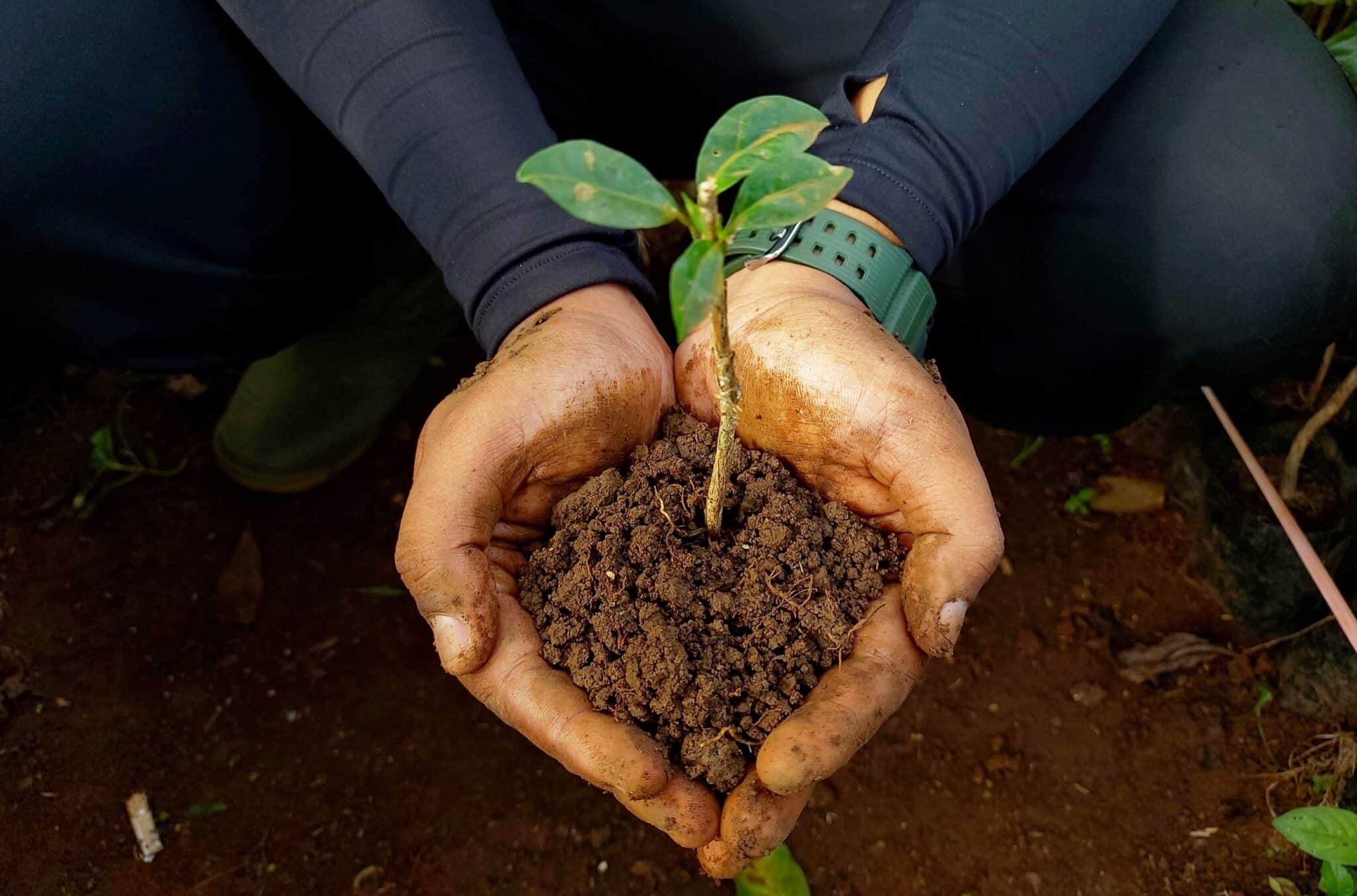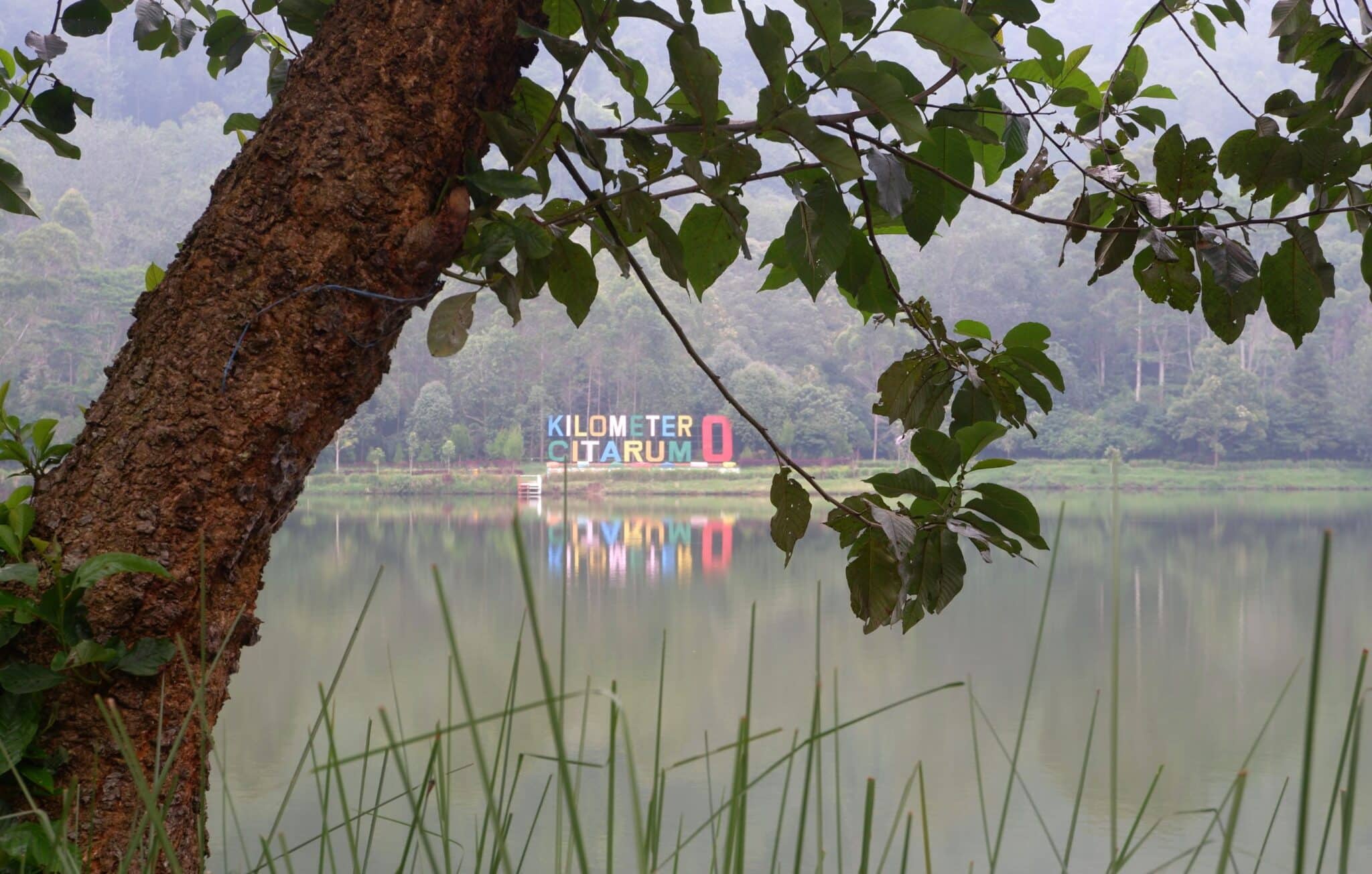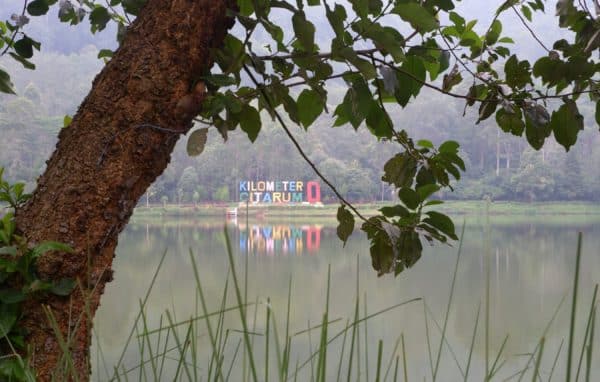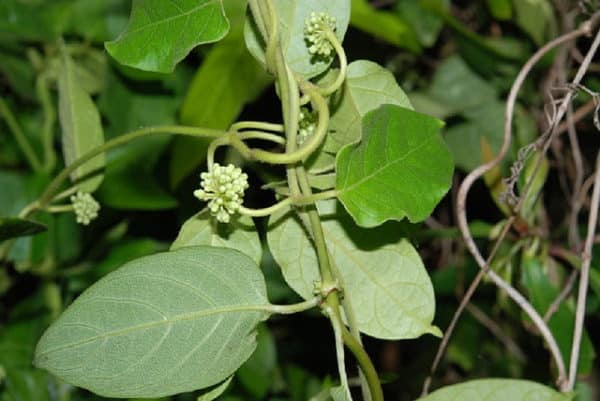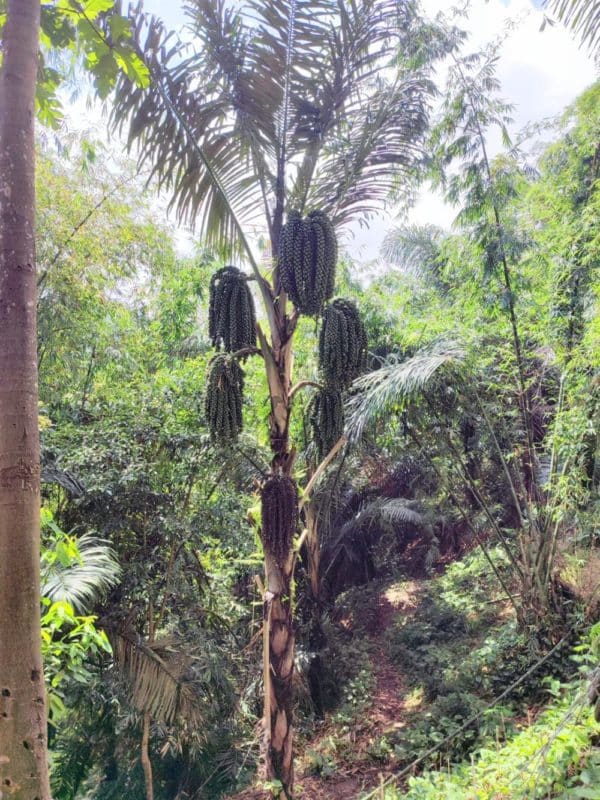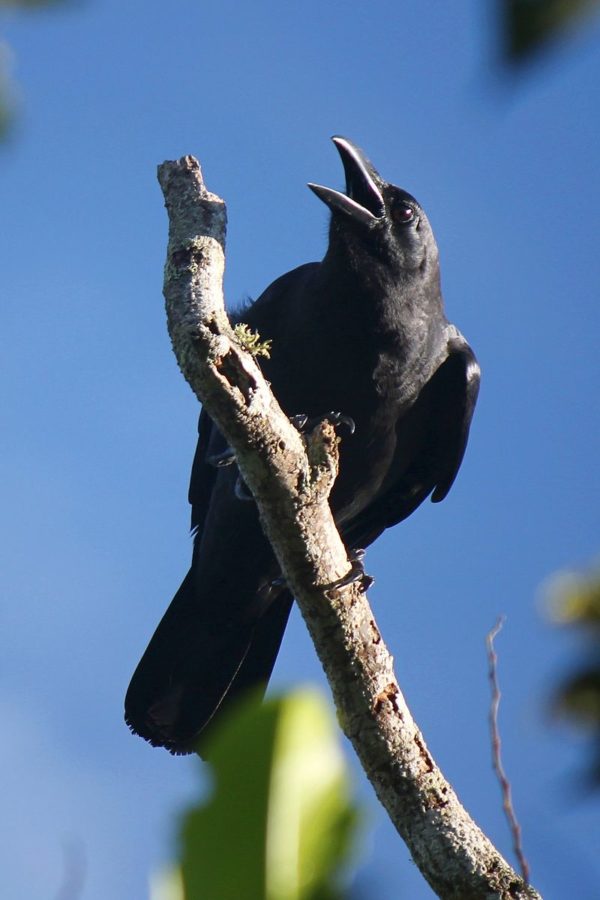Donate Trees with Trees4Trees!
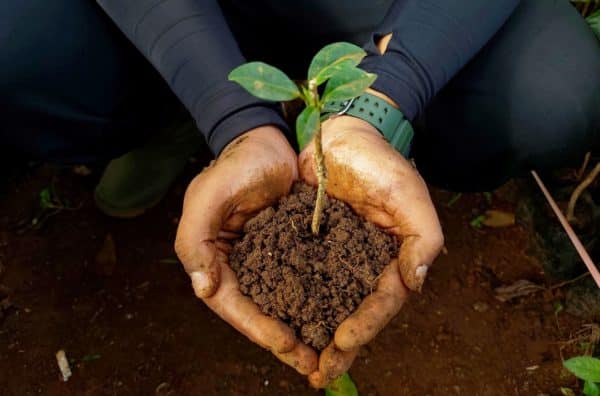
Planting trees is one of the most effective ways to combat climate change and maintain a greener Earth. Trees provide numerous benefits on a daily basis. They actively remove carbon dioxide from the air and release oxygen into the atmosphere helping this planet in combating climate change. They offer cooling shade, act as a barrier against winds, as habitat for wildlife, purify the air we breathe and water we drink, prevent soil erosion, flooding, and other environmental problems.
At our organization, we focus on environmental renewal and local community empowerment through planting trees as part of reforestation initiatives. We achieve this by producing high-value seedlings and distributing them free of charge to local farmers, who have become our valued tree-grower partners.
Everyone has the power to take action and contribute to saving the Earth by planting trees and we wholeheartedly invite you to join us in planting trees both in terrestrial and coastal areas. By working together, we can forge a path towards a more sustainable planet for us all to inhabit.
If you encounter difficulties while donating trees through our donation page, alternatively you can also make a direct donation to our PayPal account or our Bank account. Follow these steps!
Donate Tree with PayPal
1. Log in to your PayPal account
2. Go to ‘Send and Request’
3. Click ‘Send’ – ‘Send Payment to’
4. Enter Trees4Trees PayPal account: info@trees4tree.org
5. Click: Send to info@trees4trees
6. Fill in the donation amount. Start from 1 US$ and above
7. Leave a note of the donation purpose. You can also add your message you want to display at your trees in our online map in the column of ‘What’s this payment for’
8. Click ‘Continue’ then ‘Send Payment Now’
9. Our administration team will confirm your donation through email address. If you do not receive an email from us in three days, please email us a confirmation that you had made your donation payment to our official email: info@trees4trees with the email subject: Donation Payment Confirmation_PayPal (Your Name)
Donate Tree Direct to Bank Account
1. You can transfer your donation to the following bank account:
YAYASAN BUMI HIJAU LESTARI
Account Number 1360001234514
Bank Mandiri – Branch Sisingamangaraja Semarang
2. Please send your proof of payment to our official email, info@trees4trees, once your donation has been made with the email subject: Donation Payment Confirmation_Bank Transfer (Your Name)
3. You can also send us your custom message you want to display at your trees in our online map in the email.
Why Should You Donate Trees4Trees?
When you plant a tree with Trees4Trees, your action goes beyond merely putting a tree in the ground. It also supports a farming family in a developing country, ensuring their continued commitment to planting trees in the future.
You can visit your trees through the online map in devtrees4trees.portopaper.com on the website.
Once your donation has been made, our team will email you a certificate with a QR code and a WIN (World Identification Number) that enable you to visit your trees online
Scan the QR code or enter a WIN (World Identification Number) code on our website. Click See Your Trees button to enter a WIN number and visit your trees online!
- If you have trouble in making donation payment for planting trees, do not hesitate to contact us through email info@trees4trees or WA/Call +62 81554384357

